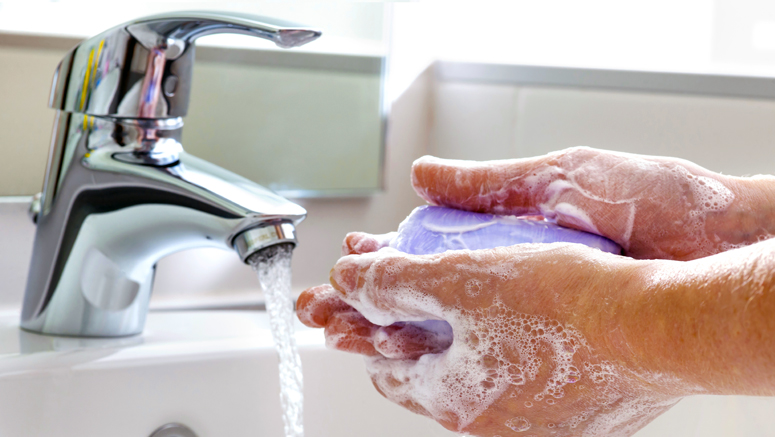
20 Oct Implementing Effective Infection Control Practices
Statistics reveal that one of every twenty hospital patients will contract some form of healthcare-associated infection, whether it is caused by the use of contaminated equipment, indirectly from the hands of healthcare personnel, or by the simple act of touching the mouth or nose after a person with the influenza virus has coughed or sneezed near you Healthcare settings that monitor their infection control practices can reduce the risk that patients and staff will become one of those unnecessarily infected people.
Infection Control Practices Help Prevent Disease
Experts on healthcare-associated infections (HAIs) recommend that every facility implements basic infection control practices to prevent the spread of infectious diseases. Although there are many ways to contain and control infections , most infection control professionals advocate that hospitals and clinics incorporate five strategies into their plan:
1. Hand Washing
The most fundamental infection control practice is to keep hands clean through frequent hand hygiene. According to the Centers for Disease Control and Prevention (CDC), hands should be cleaned before and after touching a patient or anything in the patient’s vicinity. Additionally, hands should be cleaned after removing gloves. A surgical scrub with a waterless or water-based soap or cleaner is required prior to entering an operating room to perform a procedure.
2. Facility Cleaning
Bacteria, viruses, and fungi can exist anywhere within the facility, so maintaining a structured environmental cleaning protocol is critical to keeping patients infection-free. Research has shown that patients admitted to a room previously occupied by a patient with a multiple drug resistant organism (MDRO) is much more likely to acquire the same MDRO.
3. Patient and Staff Behavioral Practices
Simply sneezing or coughing into a tissue can reduce the risk of an infection spreading to others. Keeping tissue boxes, alcohol-based hand rub, and hands-free trash cans conveniently placed in public areas of the facility will help to decrease this route of infection transmission. Additionally, facilities that prohibit infected staff from working with patients also reduce the risk that those infections will spread throughout the hospital.
4. Keep a Sharp Eye for Possible Contamination
Germs can spread in even the most carefully managed healthcare facility so healthcare personnel should always be alert to signs of potential contamination. Staff should maintain a constant assessment of current infection control practices to gauge their effectiveness and make changes when necessary.
5. Communicate
Each separate staffing category – from janitorial to the physician suite – plays a part in preventing the transmission of infections. Facilities that encourage frequent and robust communication between departments can identify and respond to new infection risks faster and more comprehensively than those that don’t. Inpatient facilities have had great success when pairing basic infection control practices with the Comprehensive Unit-based Safety Program
